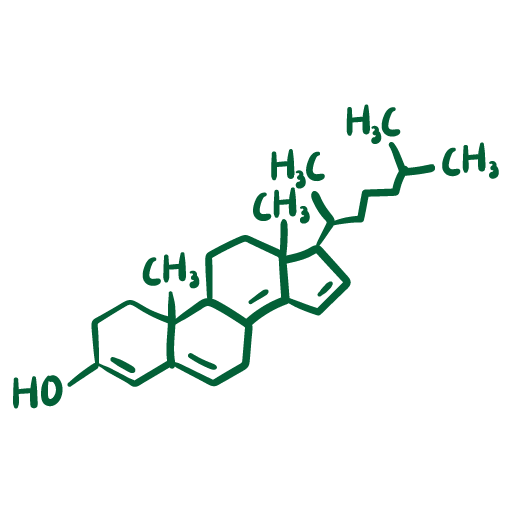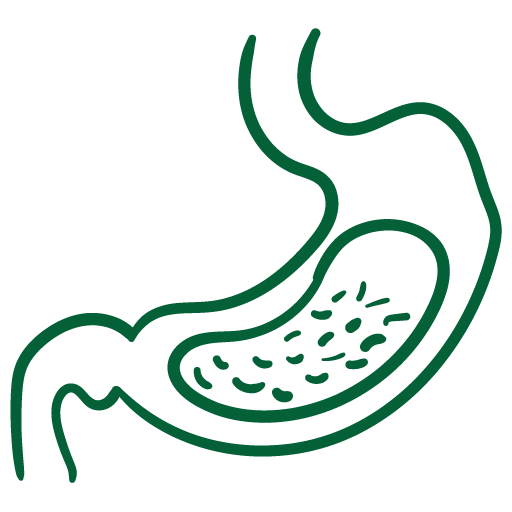Fiber-Rich Foods: Include plenty of fiber in your diet from sources like fruits, vegetables, legumes, and whole grains. Fiber helps stabilize blood sugar and promotes satiety.
Dietary fiber is a crucial component of a balanced diet, especially for managing blood sugar levels and overall health. Here's a more detailed explanation of the relationship between fiber and blood sugar, along with a list of benefits:
Fiber and Blood Sugar:
Dietary fiber is a type of carbohydrate found in plant-based foods that the body can't fully digest. There are two main types of dietary fiber:
Soluble Fiber: This type of fiber dissolves in water and forms a gel-like substance in the digestive tract. It can help slow down the absorption of sugar and improve blood sugar control.
Insoluble Fiber: Insoluble fiber does not dissolve in water and adds bulk to stool, aiding in regular bowel movements.
Benefits of Fiber for Blood Sugar Management:
Stabilizes Blood Sugar: Soluble fiber helps regulate blood sugar levels by slowing the absorption of sugar into the bloodstream. This prevents rapid spikes and crashes in blood glucose.
Improved Insulin Sensitivity: Regular consumption of fiber has been associated with improved insulin sensitivity, which is crucial for people with diabetes or those at risk of developing it.
Enhanced Satiety: High-fiber foods tend to be more filling and satisfying, reducing overall calorie intake and promoting weight management, which can indirectly support better blood sugar control.
Reduces Glycemic Index: Foods high in fiber typically have a lower glycemic index (GI), meaning they have a milder impact on blood sugar levels. Choosing low-GI foods can be particularly beneficial for blood sugar management.
Digestive Health: Insoluble fiber promotes regular bowel movements and prevents constipation, which is important for overall well-being.
Heart Health: A high-fiber diet can help lower cholesterol levels and reduce the risk of heart disease, which is often associated with diabetes.
Sources of Dietary Fiber:
Whole Grains: Foods like oatmeal, brown rice, whole wheat bread, and quinoa are excellent sources of fiber.
Legumes: Beans (e.g., black beans, lentils, chickpeas) are rich in both soluble and insoluble fiber.
Fruits: Many fruits, especially berries, apples, and pears, are good sources of dietary fiber.
Vegetables: Leafy greens, broccoli, carrots, and sweet potatoes are high in fiber.
Nuts and Seeds: Almonds, chia seeds, flaxseeds, and walnuts contain fiber and healthy fats.
Psyllium Husk: This soluble fiber supplement can be added to foods or beverages to increase fiber intake.
Tips for Increasing Fiber Intake:
Gradually introduce high-fiber foods into your diet to allow your digestive system to adjust.
Aim to consume a variety of fiber-rich foods to benefit from different types of fiber.
Be sure to drink plenty of water when increasing your fiber intake to prevent digestive discomfort.
Check food labels for the fiber content to make informed choices.
Incorporating a variety of fiber-rich foods into your diet can help you better manage blood sugar levels, promote digestive health, and support overall well-being. If you have specific dietary concerns or medical conditions, consult with a healthcare professional or registered dietitian for personalized guidance.










